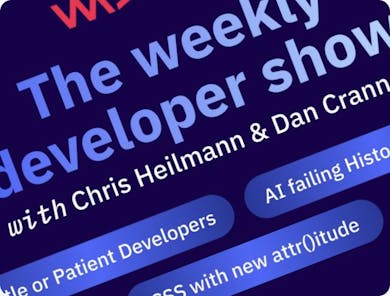Adrian Spataru & Bohdan Andrusyak
The pitfalls of Deep Learning - When Neural Networks are not the solution
#1about 2 minutes
Defining classical machine learning vs deep learning
Classical machine learning relies on manual feature extraction, whereas deep learning models automate this process to find representations directly from data.
#2about 3 minutes
Highlighting successful applications of deep learning
Deep learning excels in complex domains like self-driving cars, language translation, and music generation due to its powerful representation learning capabilities.
#3about 3 minutes
Examining notable failures of deep learning models
Real-world deep learning failures include biased facial recognition systems, contextual mistranslations, and pseudoscientific claims about predicting personal traits.
#4about 6 minutes
The critical role of data quantity and quality
Deep learning models require vast amounts of high-quality, relevant data to learn effective features, as insufficient or poor data leads to unreliable performance.
#5about 3 minutes
Why tree-based models often outperform deep learning on tabular data
For structured tabular data common in business, tree-based models like LightGBM and XGBoost frequently outperform deep learning due to effective feature engineering.
#6about 4 minutes
The challenge of model explainability in deep learning
Deep learning's automatic feature extraction creates black-box models, making it difficult to understand decision-making compared to interpretable classical models like decision trees.
#7about 2 minutes
Navigating model complexity and production engineering costs
Highly complex models, like the Netflix Prize winner, can be impractical to deploy due to high engineering costs and resource requirements.
#8about 4 minutes
The significant resource and financial cost of training
Training state-of-the-art deep learning models requires immense computational resources, potentially costing millions of dollars and making it inaccessible for many organizations.
#9about 4 minutes
Strategies to overcome deep learning limitations
Techniques like transfer learning, emerging tabular deep learning methods, and interpretability tools like LIME and SHAP help mitigate issues of data, cost, and explainability.
#10about 1 minute
Deciding when to choose classical machine learning
Before adopting deep learning, evaluate if your problem involves small, tabular, or low-quality data, as classical machine learning may offer a more practical solution.
Related jobs
Jobs that call for the skills explored in this talk.
Featured Partners
Related Videos
 57:46
57:46Overview of Machine Learning in Python
Adrian Schmitt
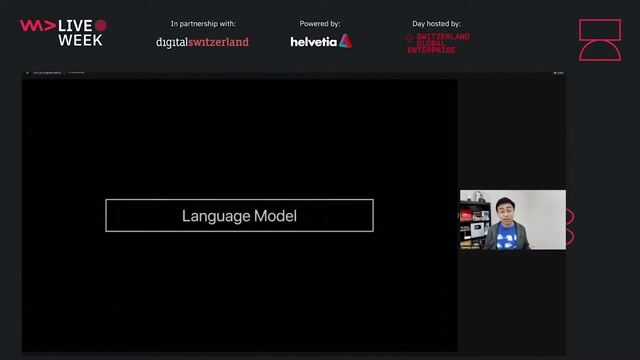 47:28
47:28What do language models really learn
Tanmay Bakshi
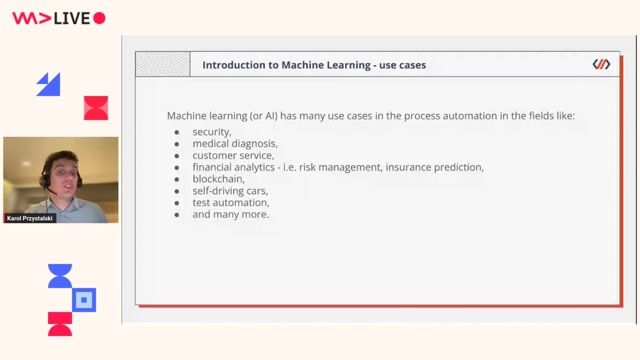 56:46
56:46Explainable machine learning explained
Karol Przystalski
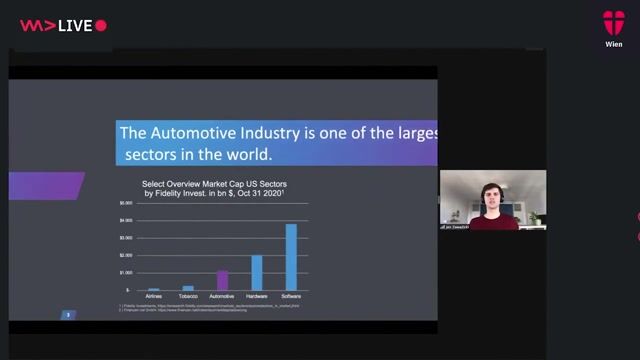 26:55
26:55How Machine Learning is turning the Automotive Industry upside down
Jan Zawadzki
 35:16
35:16How AI Models Get Smarter
Ankit Patel
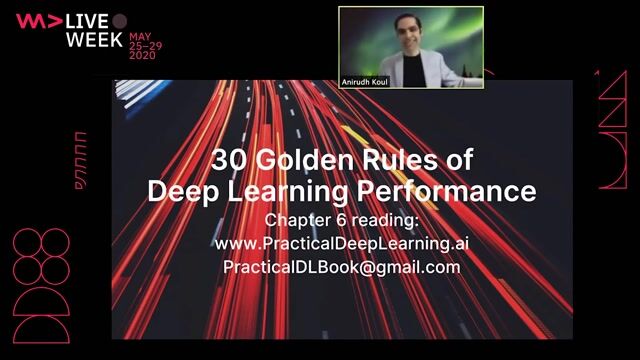 46:30
46:3030 Golden Rules of Deep Learning Performance
Anirudh Koul
 30:49
30:49AI beyond the code: Master your organisational AI implementation.
Marin Niehues
 59:39
59:39Building Products in the era of GenAI
Julian Joseph
From learning to earning
Jobs that call for the skills explored in this talk.
Data Engineer - Machine Learning | Fraud & Abuse
DeepL
Charing Cross, United Kingdom
Remote
€40K
.NET
Python
Machine Learning
Deep Learning/AI Engineer (Europe - Remote)
Zimperium
Municipality of Madrid, Spain
Remote
Keras
Python
PyTorch
TensorFlow
+2
Deep Learning/AI Engineer (Europe - Remote)
Zimperium
Municipality of Madrid, Spain
Remote
Keras
Python
PyTorch
TensorFlow
+2
Security-by-Design for Trustworthy Machine Learning Pipelines
Association Bernard Gregory
Machine Learning
Continuous Delivery
Senior Machine Learning Engineer
Deep Origin
Municipality of Madrid, Spain
Senior
Python
Machine Learning


